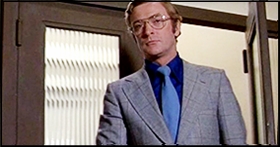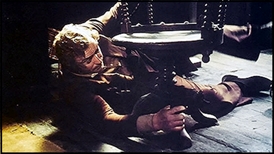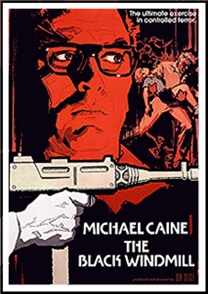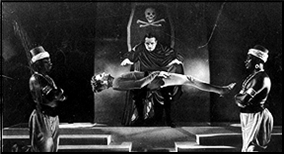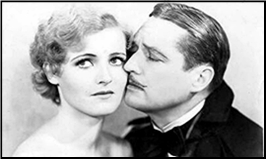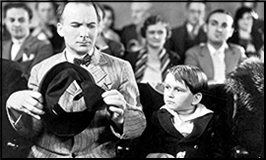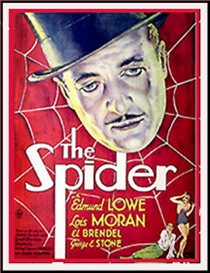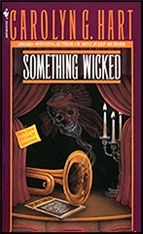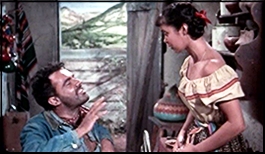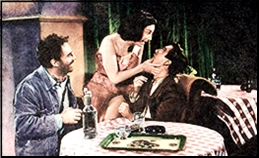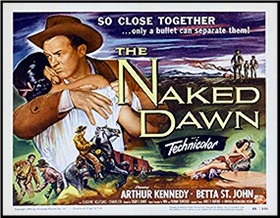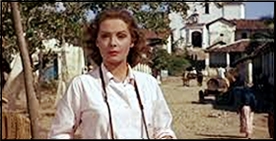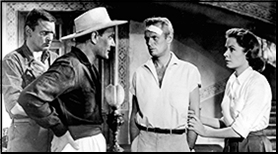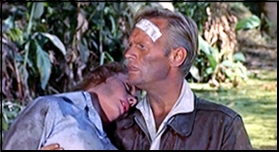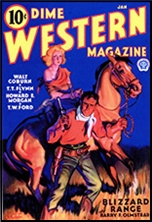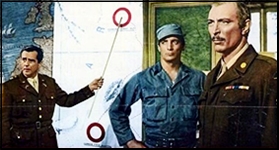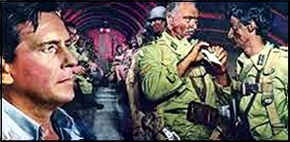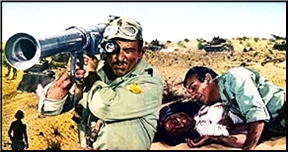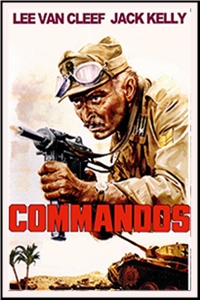Tue 7 Apr 2020
A TV Comedy Episode Review: DUFFY’S TAVERN “Archie Gets Engaged†(1954).
Posted by Steve under Old Time Radio , Reviews , TV Comedy[7] Comments
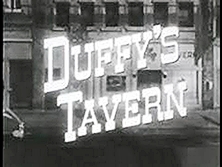
DUFFY’S TAVERN “Archie Gets Engaged.†CBS-East Coast/Syndicated. 31 August 1954 (Season 1, Episode 18.) [I am using Martin Gram’s log for this information.] Ed Gardner (Archie), Pattee Chapman (Miss Duffy), Alan Reed (Finnegan), Jimmy Conlin. Recurring: Veda Ann Borg (Peaches La Tour). Guest Cast: Barbara Morrison. …
Duffy’s Tavern, very much a one-man operation, that of creator, director, writer, producer and star Ed Gardner, was a long running radio for many years (1941-51), a movie (Ed Gardner’s Duffy’s Tavern, 1945) before a one season run (26 episodes) in 1954 co-produced by Hal Roach, Jr.
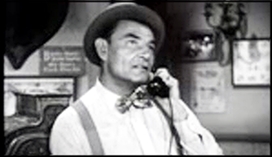
While the radio show was noted for its well-known guest stars every week, the radio show was a bare bones operation, with very little movement outside of the tavern itself. “Archie Gets Engaged†was in all likelihood not the official title of this particular episode, but it is what it is generallyl known by. It can be seen here.
It begins with Archie thinking of matrimony, and in particular with a stripper he knows by the name of Peaches La Tour (the most delightfully voluptuous Veda Ann Borg). Being more interested in monetary matters than love, she most sensibly turns him down, since love is all he has to offer. Being so emphatically turned down in such a fashion, Archie decides to bite the bullet and proposes instead to the very rich (and not nearly as voluptuous) Mrs. Van Clyde (Barbara Morrison) instead.
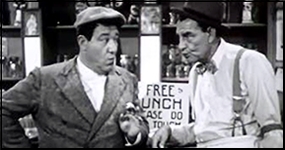
The complications that follow are amusing, but not laugh-out-loud funny, except for Alan Reed’s slapstick portrayal of the slow-witted Finngan, one of the tavern’s regular habitues. (Possibly not an acceptable character today, but allow me this indulgence. I grew up when a lot of comedy was built around the antics of The Three Stooges, Lou Costello, Red Skelton, Jerry Lewis, and so on.)
Another aspect of the show was the use of well-mangled wordplay. In the opening conversation Archie has on the phone with Duffy, he asks the latter for his advice on “maritime†relations. Talking about the chances that Peaches will accept his proposal, he says he’s not sure she will accept him or not, “With a dame like that, things are on one minute, off the next.â€
The jokes and the reactions to them are reflected by a lot of exaggerated eye-rolling. Worse, from my point of view, is the fact that Ed Gardner, never the greatest of actors, was an aging 53 when the TV series was filmed, and it shows. The show was meant for radio. As a television series, it may be best to call it a relic of its era and leave it at that.


